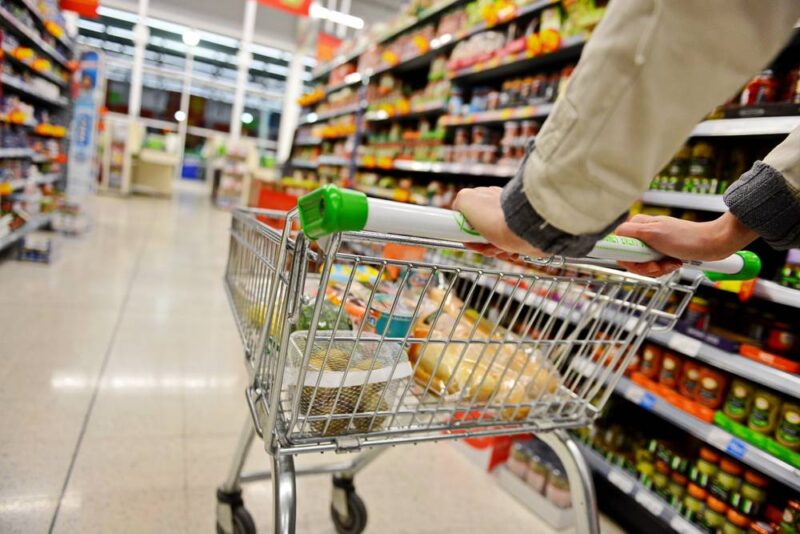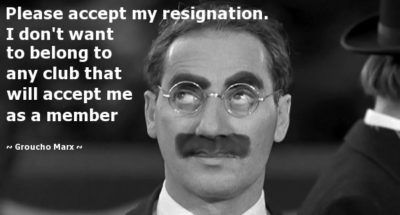The Power of Packaging and How to Elevate Your Product
“A retail package is the last and best chance to make a sale” – Marty Neumeier
Product packaging serves many functional purposes, such as storing, preserving, and protecting the goods inside, but it also plays a fundamental role in the marketing mix.
Not only can packaging reinforce and strengthen the overall brand position and communication strategies, but it also creates a channel to attract customers that otherwise could not have been reached through other marketing efforts.
Think of the last time you made a purchase at the supermarket you hadn’t intended to make. Or the last time you tried a product you had never heard of before. What drove you to purchase that specific item? Chances are, it might have had something to do with the packaging.
It is understood that approximately 70% of consumers are influenced by packaging when making their purchase decision, as found in this 2018 IPSOS Survey
But in competitive product landscapes how do brands make themselves stand out? What appeals to consumers?
How to stand out?
There are many elements of packaging that marketers currently manipulate to positively influence a customer’s decision making and drive purchasing. Design choices can often be driven by the category, and those who choose to stand apart rather than conform can reap the rewards.
Let’s take a look at some effective packaging examples and the driving force behind them:
- Packaging as art: Scottish Brewery Loch Lomond, creates striking visuals and illustrations to sell the unique story for each of their beers
- Material: Coca Cola’s classic glass bottle is a perfect example of the use of material to elevate a product and stand apart from others within the category. The glass promotes a sense of quality and experience that competitor’s plastic bottles can’t achieve
- Experience: The popularity of social media influencers and unboxing videos, have made the packaging experience highly valued amongst consumers. Apple is often lauded as the king of the packaging experience, providing an unmatched quality feeling
- Creative Packaging: Thelmas Treats perfectly encapsulates their brand personality with their clever cookie box design
Trends to help take your packaging to the next level
Thinking creatively about packaging may be the key to greater interaction with the brand and product. Sustainable and connected packaging are two innovative ways that can help transform packaging.
Sustainable Packaging
We have seen the push to steer away from excessive waste and unnecessary packaging in recent memory to satisfy consumers increasing expectation for brands to implement sustainable practices. Most notably with supermarkets cutting down on the usage of plastic. Whilst the use of cardboard and more environmentally friendly options are becoming much more commonplace, some brands are taking their green approach to packaging a step further, utilising completely waste free packaging.
NOTPLA uses seaweed and plants to package products, allowing for it to biodegrade within weeks, taking their commitment to sustainability to the next level:
According to a 2020 IBM and National Retail Federation study of approximately 19,000 consumers in 28 countries, 77% believed it is at least moderately important for brands to be sustainable and environmentally responsible and over half ‘are willing to change their purchasing habits to help reduce negative impact to the environment’. Yet further research indicates 44% of consumers do not trust product sustainability claims.
Some brands are tackling this issue using traceability technology as connected packaging, allowing consumers to “identify and trace the history, distribution, location and application of a product” to promote increased brand trust and transparency.
So, what is…
Connected Packaging
Connected packaging refers to “the activation and integration of a variety of technologies within your product packaging design to enable an enhanced user-experience, increase product engagement and to provide a greater level of consumer behaviour analysis”.
Technologies such as QR codes, NFC labels and augmented reality are key for brands to better captivate consumers and create greater engagement with their product.
Take a look at some brands doing cool stuff with connected packaging:
Bombay Sapphire Gin
Bourjous Paris Boutique Magic Mirror
Seppeltsfield NFC Microchip
Such tools allow brands to inform, educate, authenticate, entertain and story tell, all in the name of bolstering brand awareness, relevance, and engagement.
But the implementation of such technologies is not just gimmicky fun, a study conducted by Shopify late last year showed ‘interactions with products having AR content showed a 94% higher conversion rate than products without AR’.
With this form of packaging, the purchase isn’t the final stage of the customer journey, but as Charlotte Bunyan of the Drum Network puts it, “the begging of greater brand immersion”.
…




